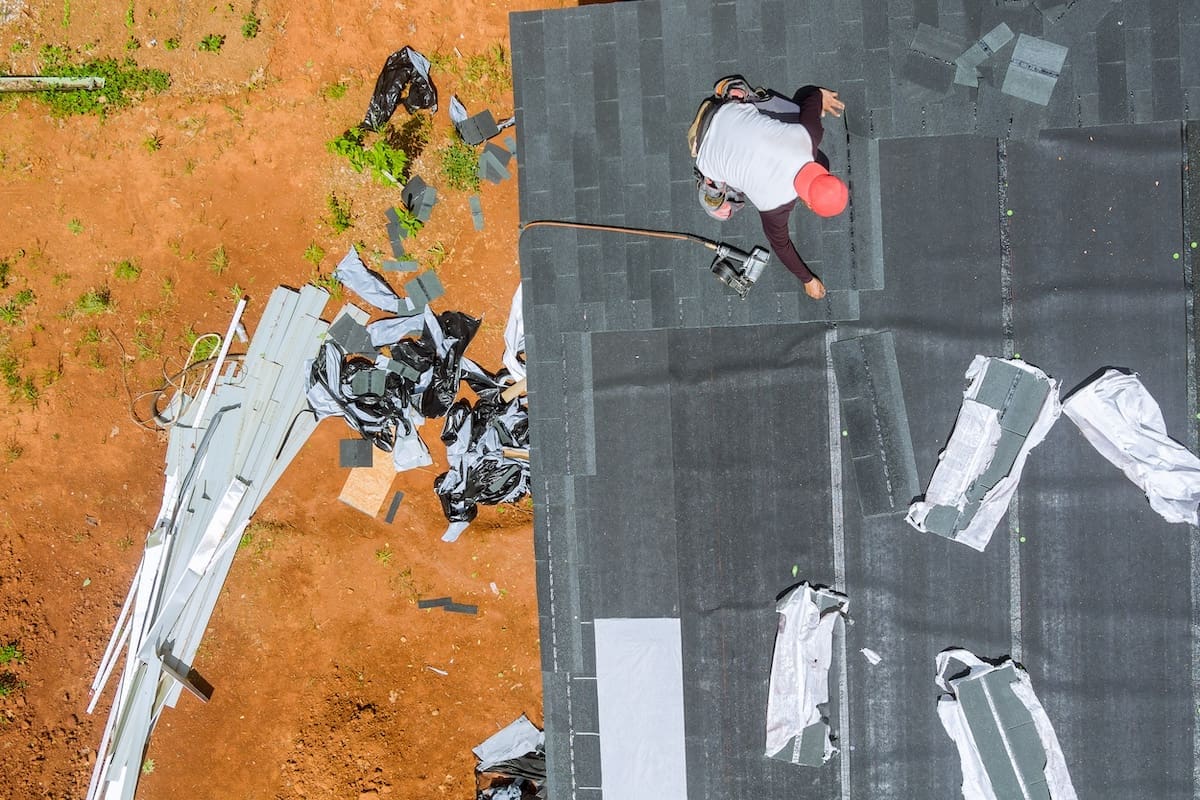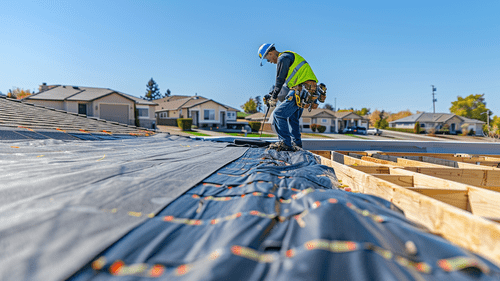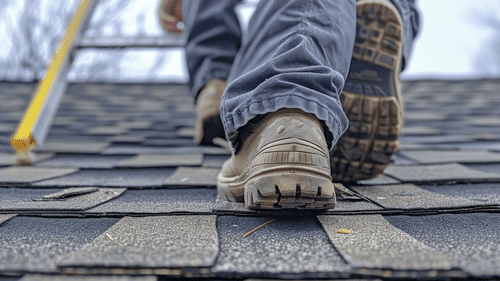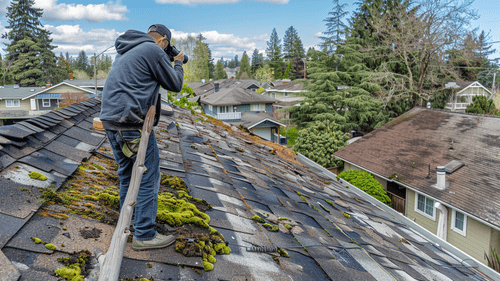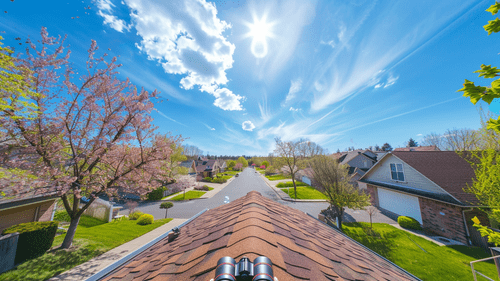As Texas continues to lead the way in embracing solar energy, homeowners across the state are exploring the benefits of integrating solar panels into their homes. But before you make the leap, it’s essential to understand what makes a roof compatible with this eco-friendly upgrade. Factors such as your roof’s material, age, and structure all play a critical role in ensuring your investment in solar is both efficient and effective.
At Eternal Roofing, we’re here to simplify the process for Texas homeowners. Whether you’re navigating the specifics of your roof or exploring the unique challenges posed by the Texas climate, our comprehensive guide has you covered. From managing the scorching Texas sun to understanding local regulations, we’ll help you make informed decisions every step of the way.
But there’s more to consider beyond the basics. Have you thought about how nearby trees or structures might create shading issues? Or how Texas-specific building codes could impact your plans? We’ll address these key questions and more, offering insights tailored to homeowners who value integrity, quality, and stewardship. With our local expertise and community-focused approach, you’ll have everything you need to confidently prepare your home for solar energy.
Assessing Your Roof’s Structure
Material Suitability
The material of your roof is a critical factor in determining its compatibility with solar panels. Different roofing materials offer varying degrees of ease and efficiency in installation. Common roofing materials such as asphalt shingles, metal, and tiles each have their own set of advantages and challenges. Asphalt shingles, being the most prevalent roofing material in residential homes, are generally considered ideal for solar panel installation due to their durability and ease of access. Metal roofs, particularly standing seam metal roofs, are also highly compatible since they often allow for solar panels to be mounted without penetration, preserving the roof’s integrity.
However, tile roofs, especially those made of clay or slate, can present some challenges. These materials are more fragile and may require additional care and specialized mounting systems to avoid damage during installation. It’s essential to work with a professional solar installer who has experience with the specific roofing material of your home to ensure a seamless and safe installation process.
Roof Age and Condition
The age and condition of your roof play a significant role in the feasibility of installing solar panels. A roof nearing the end of its lifespan may not be the best candidate for solar panel installation, as the added weight and potential need for repairs could lead to costly issues. Generally, it’s recommended to have at least 10 to 15 years of life left in your roof before considering solar panel integration. If your roof is older, it might be wise to replace it before installing solar panels, which could save you from having to remove and reinstall the panels when the roof is eventually replaced.
Conducting a thorough inspection to assess the roof’s current condition is crucial. Look for signs of wear such as missing shingles, leaks, or sagging areas, which could compromise the structural integrity needed to support solar panels. A well-maintained roof ensures a longer lifespan for the solar panels and maximizes their efficiency and effectiveness.
Load-Bearing Capacity
Solar panels add additional weight to your roof, so understanding its load-bearing capacity is essential. The average solar panel system adds about 2 to 3 pounds per square foot, which might not seem significant, but can have a considerable impact on older or weaker structures. It’s important to consult with structural engineers or qualified solar installers who can assess whether your roof can handle the load without compromising safety.
Some roofs may require reinforcement or modifications to safely accommodate solar panels. This might include adding support beams or redistributing the weight more evenly across the roof. Ensuring that your roof can support the additional load without issue is a critical step in the solar panel installation process and one that shouldn’t be overlooked.
Evaluating Roof Orientation and Angle
Optimal Orientation for Maximum Efficiency
The orientation of your roof is a fundamental factor in maximizing the efficiency of solar panels. Ideally, roofs that face south in the northern hemisphere are best suited for capturing the maximum amount of sunlight throughout the day. This orientation allows panels to receive the most direct sunlight, leading to higher energy production. However, east- and west-facing roofs can also be viable options, especially if south-facing orientations are not available. These orientations can still capture sufficient sunlight, particularly in the morning and afternoon, to make solar panel installation worthwhile.
Adjustments to panel angles and the use of tracking systems can help optimize sunlight capture and mitigate less-than-ideal orientations. Understanding the specific sun path in your location, considering factors such as latitude and seasonal changes, can further refine the installation strategy to ensure peak efficiency.
Pitch and Angle Considerations
The pitch or angle of your roof also influences the performance of solar panels. Generally, a roof angle between 15 and 40 degrees is considered optimal for solar energy capture. This range allows panels to efficiently capture sunlight while minimizing the risk of buildup from debris or snow.
If your roof’s angle is outside of this range, adjustments can be made during installation. For flatter roofs, mounting systems can elevate panels to the desired angle, while steeper roofs may require specialized brackets to ensure panels are securely attached. Understanding the relationship between roof pitch and solar panel performance is crucial for maximizing energy production and ensuring the longevity of your solar investment.
Identifying and Mitigating Shading Issues
Impact of Shading on Solar Efficiency
Shading is a critical factor that can significantly reduce the efficiency of solar panels. Even partial shading from trees, chimneys, or nearby buildings can lead to substantial decreases in energy production. This is because solar panels are generally connected in series, so shading on one panel can affect the performance of the entire system. As a result, it’s vital to conduct a thorough analysis of potential shading issues before installation.
Technological advancements, such as micro-inverters and power optimizers, can help mitigate the impact of shading by allowing each panel to operate independently. This technology ensures that a shaded panel doesn’t disproportionately affect the performance of the whole system, maximizing overall energy output.
Solutions to Minimize Shading
To minimize the impact of shading, several proactive measures can be taken. Begin by evaluating the surroundings of your roof for potential sources of shade. Trees can often be trimmed or removed to reduce shading, though it’s important to balance this with environmental considerations and local regulations. Additionally, consider the use of solar panel layout designs that spread panels across less-shaded areas of the roof to optimize sunlight exposure.
- Tree Trimming: Regular maintenance to prevent growth that could cast shadows.
- Micro-Inverters: Install these to allow each panel to function independently.
- Optimized Panel Layout: Strategically place panels to avoid shaded areas.
By addressing shading issues proactively, you can maximize the efficiency and effectiveness of your solar panel system, ensuring a better return on investment.
Understanding Local Regulations and Building Codes
Navigating Zoning Laws and Permits
Compliance with local zoning laws and obtaining the necessary permits are critical steps in the solar panel installation process. Regulations can vary widely depending on your location, and failing to adhere to them can result in fines or having to remove the installed panels. It’s essential to research the specific requirements in your area, which may include restrictions on the placement of panels, aesthetic considerations, or neighborhood covenants.
Consulting with local authorities or professional installers familiar with these regulations can help streamline the process. They can assist in acquiring the necessary permits and ensuring that your installation meets all legal requirements, providing peace of mind and avoiding potential legal complications.
Building Code Requirements
Building codes are designed to ensure the safety and structural integrity of buildings, and solar panel installations are no exception. Specific building code requirements may dictate the type of mounting systems that can be used, the load-bearing capacity of the roof, and the electrical specifications necessary for the installation. Adhering to these codes is crucial to ensure that the solar panel system is safely and securely integrated into your home.
Working with a qualified solar installation company that understands local building codes can ensure that your installation complies with all relevant regulations. This not only protects your investment but also ensures the safety and effectiveness of your solar panel system.
Engaging with Professionals for Roof Assessments
Importance of Professional Inspections
A professional roof inspection is an invaluable step before proceeding with solar panel installation. Qualified inspectors can identify potential issues with your roof’s structure, material, and condition that may not be apparent to the untrained eye. They provide a detailed assessment that can guide necessary repairs or adjustments needed to support solar panels safely and efficiently.
Professional inspections also offer the benefit of expert recommendations tailored to your specific situation. They can advise on the best installation practices, potential modifications, and any structural reinforcements required, ensuring a successful and trouble-free installation process.
Selecting the Right Solar Installation Company
Choosing the right solar installation company is crucial to the success of your solar project. Look for companies with a proven track record, excellent customer reviews, and the necessary certifications and licenses. A reputable company will offer transparent pricing, comprehensive warranties, and a commitment to customer satisfaction.
When evaluating potential installers, consider their experience with your specific roofing material and their familiarity with local regulations. A good installer will provide a detailed estimate and timeline for the project, communicate clearly throughout the process, and offer ongoing support after installation. By selecting a trustworthy and experienced solar installation company, you can ensure a smooth transition to renewable energy and enjoy the benefits of solar power with confidence.
Wrapping It Up: Ensuring Solar Success
Understanding your roof’s compatibility for solar panels requires careful consideration of factors like material, age, and structure. Physical aspects aren’t the only concerns—local regulations and shading challenges are crucial too. By evaluating these elements, homeowners can ensure their solar investment is both efficient and effective, paving the way for a sustainable future.
Engaging with professionals for thorough assessments and choosing a reputable solar installation company are key steps in this journey. Our guide underscores the importance of integrity, stewardship, and community support in embracing solar energy. As you contemplate transforming your home, remember that each step taken is a stride toward a greener tomorrow. So, are you ready to utilize the sun’s power and contribute to an energy shift that benefits both your home and the planet?

